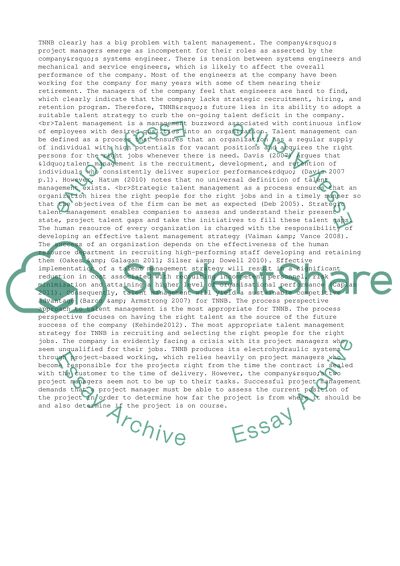Cite this document
(Talent Management at the TNNB Company Case Study, n.d.)
Talent Management at the TNNB Company Case Study. Retrieved from https://studentshare.org/management/1493130-group-work-read-the-case-study-and-do-the-paper-as
Talent Management at the TNNB Company Case Study. Retrieved from https://studentshare.org/management/1493130-group-work-read-the-case-study-and-do-the-paper-as
(Talent Management at the TNNB Company Case Study)
Talent Management at the TNNB Company Case Study. https://studentshare.org/management/1493130-group-work-read-the-case-study-and-do-the-paper-as.
Talent Management at the TNNB Company Case Study. https://studentshare.org/management/1493130-group-work-read-the-case-study-and-do-the-paper-as.
“Talent Management at the TNNB Company Case Study”, n.d. https://studentshare.org/management/1493130-group-work-read-the-case-study-and-do-the-paper-as.


